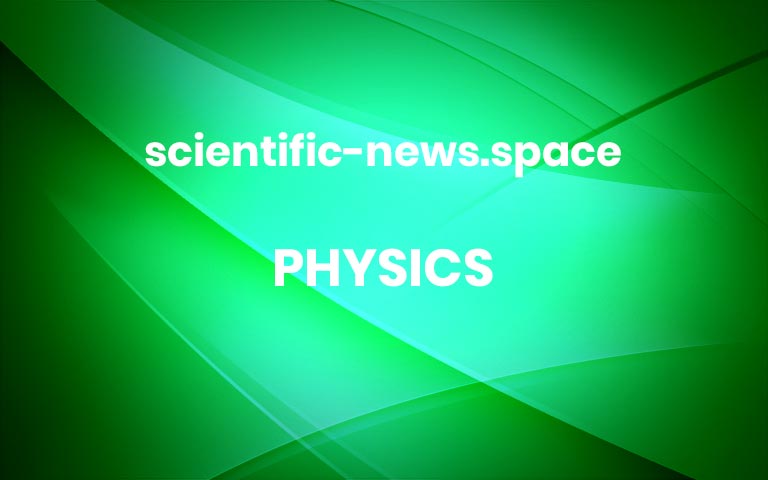Quantum jitter lets heat travel across a vacuum
For the first time, scientists have measured the heat transferred by the quantum effervescence of empty space. Two tiny, vibrating membranes reached the same temperature despite being separated by a vacuum, physicists report in the Dec. 12 Nature. The result is the first experimental demonstration of a predicted but elusive type of heat transfer. Normally, […] More


